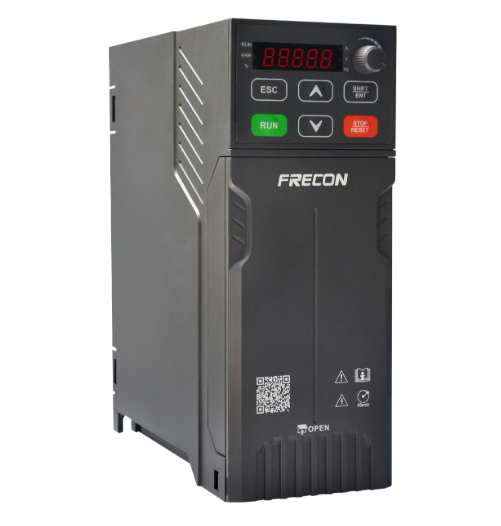In the world of industrial automation, variable frequency drive (VFD) inverters have become essential components that enhance operational efficiency and performance. These devices control the speed and torque of electric motors by adjusting the frequency and voltage supplied to the motor. This article delves into the primary functions and advantages of variable frequency drive inverters, with a focus on their application in various industries.

How Variable Frequency Drives Work
A variable frequency drive vfd inverter operates by converting incoming AC power into DC power and then back into AC power at a controlled frequency. This process allows for precise control over motor speed and torque, enabling machinery to operate more efficiently. By adjusting the frequency, a VFD can reduce energy consumption significantly, making it a cost-effective solution for many applications.
In essence, the VFD inverter functions as a bridge between the power supply and the motor, allowing for seamless adjustments based on operational demands. This adaptability is crucial in environments where motor load varies throughout the day.
Benefits of Using a General Purpose Inverter
The use of a general purpose inverter provides several advantages beyond just speed control. One notable benefit is the reduction in mechanical stress on motors and associated components. By ramping up the speed gradually, a VFD inverter minimizes wear and tear, which can extend the lifespan of equipment.
Additionally, variable frequency drive VFD inverter contribute to energy savings. Many industries face rising energy costs, and the ability to operate motors at optimal speeds can lead to substantial reductions in electricity bills. Furthermore, VFDs can improve process control and product quality, as they enable more precise adjustments in manufacturing operations.
Applications in Various Industries
variable frequency drive VFD inverter are versatile devices used across multiple sectors, including HVAC, manufacturing, and water treatment. In HVAC systems, for instance, VFDs help regulate fan and pump speeds, resulting in improved climate control and energy efficiency. In manufacturing, they are employed to optimize conveyor speeds and control robotic arms, enhancing productivity and accuracy.
Moreover, in water treatment plants, VFDs ensure that pumps operate efficiently, adapting flow rates to meet varying demand levels. The adaptability of these variable frequency drives makes them invaluable in modern industrial settings.
Conclusion
In conclusion, variable frequency drive (VFD) inverters play a crucial role in enhancing motor control, energy efficiency, and overall operational effectiveness across various industries. For businesses seeking robust solutions, the FR01 Series Smart Inverter from FRECON is a commendable choice. It features an advanced conformal coating that protects against moisture, corrosion, and dust, ensuring reliable performance even in challenging conditions. The FRECON VFD inverter stands out as a reliable option for those looking to improve their operational efficiency.





